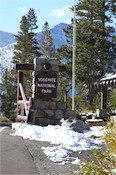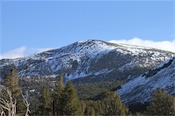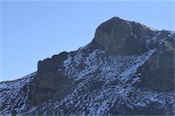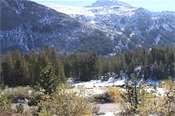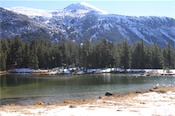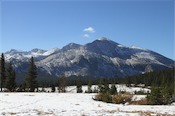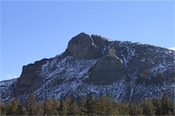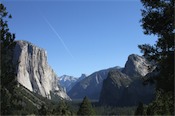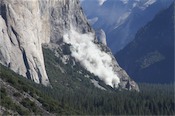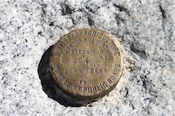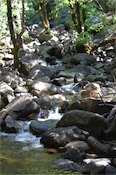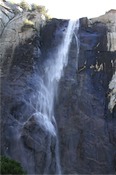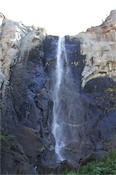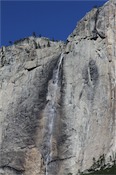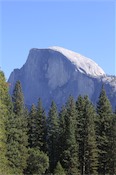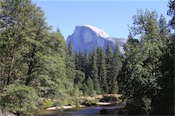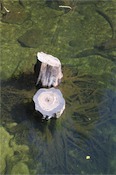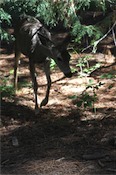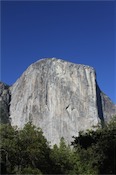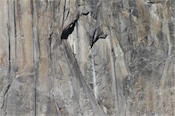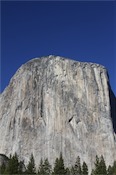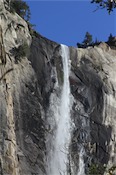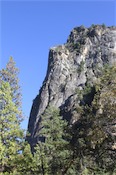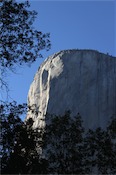Created on October 1, 1890, Yosemite National Park covers an area of 761,268 acres and reaches across the western slopes of the Sierra Nevada mountain chain. Each year over 3.7 million people visit the park but most spend their time in the seven square miles known as the Yosemite Valley which represents only one percent of the park. It is here that the majority of what the park is known for are located. Over 95% of the park is designated as wilderness area.
Features such as Bridal Falls, Half-Dome and El Capitan, which are located in the valley, are what the park is most noted for.
There are also three groves of ancient Giant Sequoia trees located in the park. Mariposa Grove is the largest with over 200 trees.
Wildlife is abundant in the lower elevations. American Black Bear, bobcat, cougar, gray fox and mule deer are just a few of the species found at these elevations. Higher elevations support fewer species of wildlife. These species tend to be small like ground squirrels, marmots and a variety of birds. The California Golden Bear, California Condor and Least Bell's Vireo have become extinct in the park in recent history.
Features such as Bridal Falls, Half-Dome and El Capitan, which are located in the valley, are what the park is most noted for.
There are also three groves of ancient Giant Sequoia trees located in the park. Mariposa Grove is the largest with over 200 trees.
Wildlife is abundant in the lower elevations. American Black Bear, bobcat, cougar, gray fox and mule deer are just a few of the species found at these elevations. Higher elevations support fewer species of wildlife. These species tend to be small like ground squirrels, marmots and a variety of birds. The California Golden Bear, California Condor and Least Bell's Vireo have become extinct in the park in recent history.



